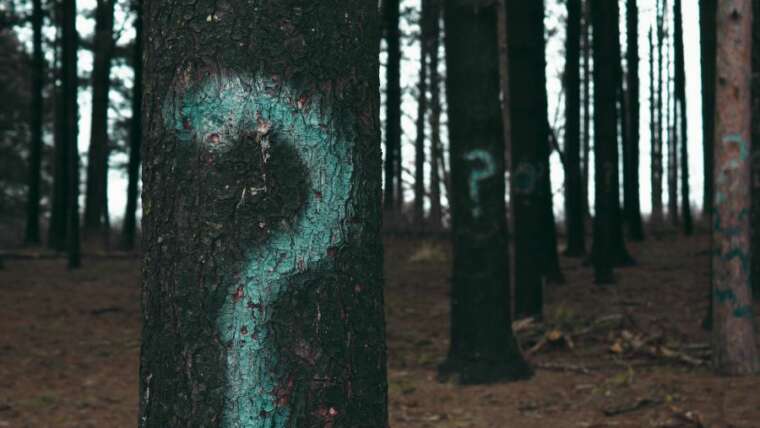Religious Communities differ from cults in four ways: the people, the leadership, the transparency of the organization, and requirements.

So…let’s do this. Let’s dive in and explore together the differences between the healthy, ideal of a community that lives together as with one heart and mind and which hold things in common for the common good, vs. the toxic and dangerous nature of communities like cults or communes or geo-political entities. Remember, I am not an “expert” in cults…
President Biden did not politicize Easter as other political leaders are claiming. What he did do was issue a public proclamation of support, lifting up all transgender women and men as equal citizens of this nation for whom we will work to protect their basic human rights. If hope for a life where you are seen and loved and valued isn’t the good news of the Gospel…
Life is full of disappointments and pain, suffering and grief. Sin and death make their presence clearly known. But even as we go to the cross on Good Friday, we face it head on in the sure and certain hope that Sunday is coming and Jesus will be raised among us.
“White tears, white women’s tears, can move a nation. They will move people to mobilize. An Indigenous woman’s tears ain’t gonna move nothing. A Black woman’s tears ain’t gonna move nothing.”
Be present to Jesus and to the events of these days which we remember with the utmost holiness. For in going with Jesus to the cross and to the tomb, you will also then walk with him to the resurrection, wherein you will once again find the joy and hope of new life born, of a future bright with possibilities for life and laughter and joy and love.
My hope and prayer this St. Patrick’s Day is that the day is coming when, like the Irish, we will no longer see our neighbors of different cultures and colors as our enemies – as a plague upon our nation. I pray the day is coming when we might celebrate together, just as all peoples celebrate St. Patrick’s Day together.
The Sacred Ground program taught me to listen and to question and to see oppression from different perspectives. It also showed me some of the ways in which people and communities struggling against oppression and inequality can still strive to accomplish great things. It helped me to see what I can do moving forward.
So many of our Sacred Ground group discussions elicited a common reaction – “Gee, how come I didn’t learn about that in history classes?” Discussing the selected readings and videos openly with other participants consistently brought us new insights.
Sacred Grounds identified one conflict area that bothered me–Taking land and prosperity. In the 1500s there were approximately 70 million Native Americans when the first Spanish immigrants arrived.